
Stockholm benefits from all the advantages of a large city but stands out from others thanks to its abundance of nature. It is the world’s first capital city to feature a national park in its centre. The island of Djurgården is a peaceful haven, protected and preserved – in the heart of Stockholm. The once hunting ground of monarchs is now a leisure escape for Stockholmers. Let’s discover this island with this easy walk…
Renowned for its many tourist attractions, including Skansen, Gröna Lund and Vasamuseet, Djugården or the animals garden is a city oasis.
This island, one of 14 in Stockholm, was created in 1995 as the first urban national park. This ekopark renamed “Royal national urban park” in 2009, is a protected area of 27km2 stretching between Stockholm, Solna and Lidingö.
Previously used as a royal hunting ground, it is now the kingdom of joggers, cyclists and walkers – who only need to cross the bridge South of Östermalm to venture in nature for a few hours.

This urban walk is easily accessible and has many interesting features thanks to the variety of its landscapes and cultural points of interest. The trail can be followed in all seasons. In the autumn, the trees show their vibrant colours. In winter, their shadows extend over the white spread of icy water. In spring, nature awakens. And in summer, temperatures allow for a fika on a coffee shop’s terrace or for a picnic.
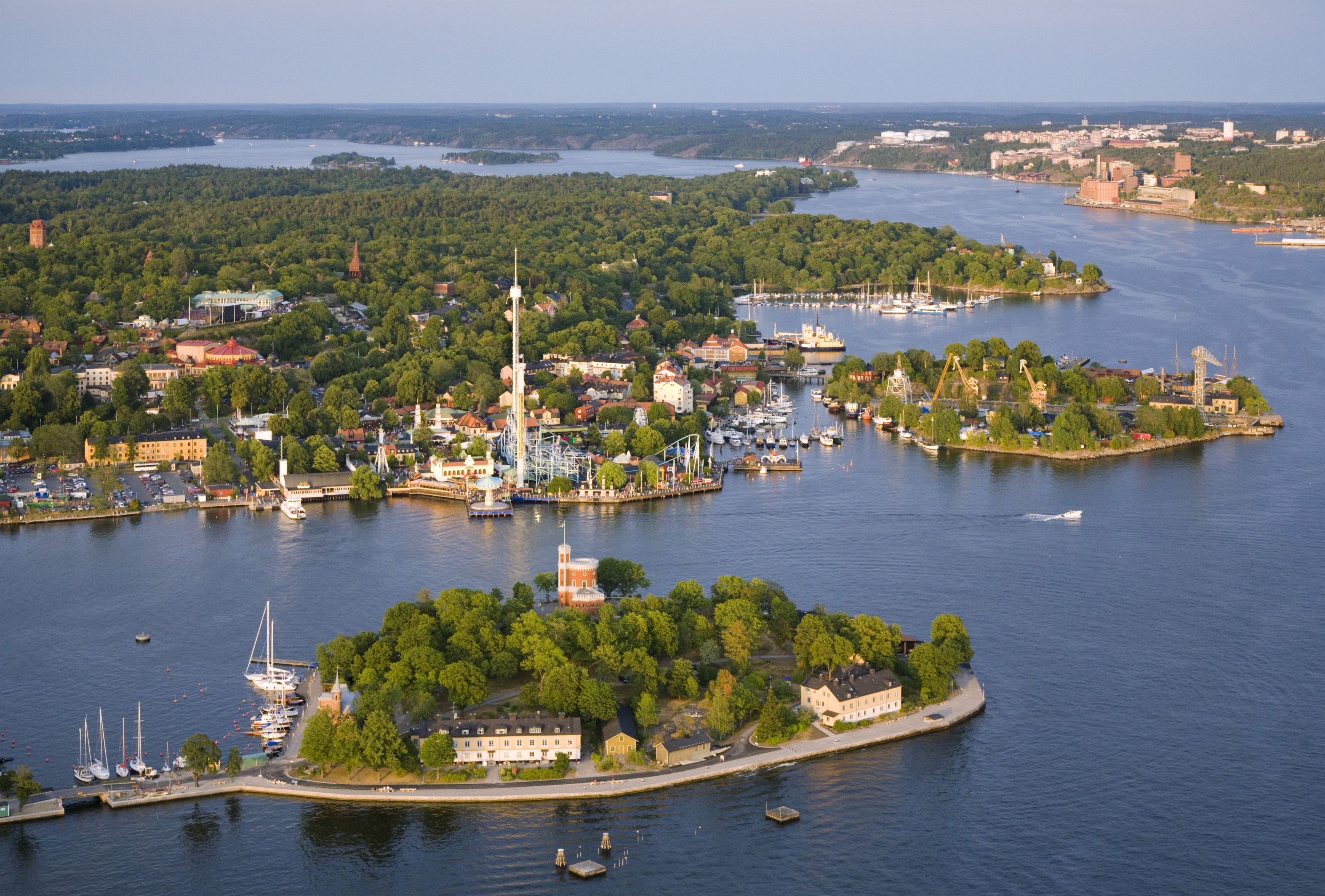
How to get there from central Stockholm?
It takes only 10 minutes from T-Centralen: board the tram (line 7) on Klarabergsgatan, opposite Ålhens department store, and jump off at Nordiska Museet/Vasamuseet. Timetable here.
Trail
Length: around 1h20 with a brisk walk, otherwise 2h with dog, pram and/or children.
The path is wide, graveled and mostly flat, and therefore suitable for all. The walk is set on the north bank and the eastern tip of the island. It follows the water continuously and features sculptures, old wooden houses, manors and with a bit of luck, in summer, a few sheep.
This walk will take you to Blockhusudden’s pier where you can take the boat to loop around the whole island. Depending on how much time you have, and the Swedish weather, you can take a bus halfway.
The main points of interest are numbered in the text and on the map. The estimated times (in brackets) are counted from the tram stop Nordiska Museet/Vasamuseet.

From Nordiska Museet/Vasamuseet stop [1], cross the tram tracks and the road, and walk back towards the bridge. Pass through the blue gate, Blå Porten. Originally made of wood and situated a few hundred meters away, it marked the entrance of the hunting ground. At the beginning of the 17th century, it was surrounded by a two-meter-high fence to prevent the wild beasts from escaping but also to keep wolves, bears and poachers away.

Follow the path closest to the water along the lake Djurgårdsbrunnsviken, then the canal Djurgårdsbrunnskanalen.
When you have crossed Lusthusportens park, at the crossroad with the sign Rosendal [2] (+0h15), you will walk around the beautiful Sirishov house (built in the 1760s but remodeled at the end of the 19th century as a Suisse chalet). Take Rosendalsvägen for a few metres before coming back along the water’s edge.

On the right-hand side, you can see another curiosity of the island, a strange Doric temple [3] (+0h20). Built in 1832, Iskällaren was used as a chilling cabinet for Rosendal Castle, which is higher up on the hill. Thanks to its great insulation, ice blocks, which were extracted from the lake in winter and stored there, would keep food and drinks cold in spring and summer.
A little further (+0h25), you can admire the view from the wooden jetty on the left, before discovering a fascinating sculpture, Carlota (7m high) by the Spanish artist Jaume Plensa.
You will then walk away from the water and continue between the future footbridge Folke Bernadottes Bro (planned for 2019) and an enclosure.
After winding through a wooden area of tall pine, birch and oak trees, the track opens onto a clear area [4] (+0h40) used for grazing sheep in summer, before it reaches the Djurgårdsbrunnsbron bridge [5]. Built in 1884, Djurgårdsbrunnsbron is the only rotating bridge left in Stockholm although it hasn’t turned since 1966!
Good to know: the Djurgårdsbrunn bus stop is just across the bridge. The bus #69 will take you back to T-Centralen in 16 minutes.
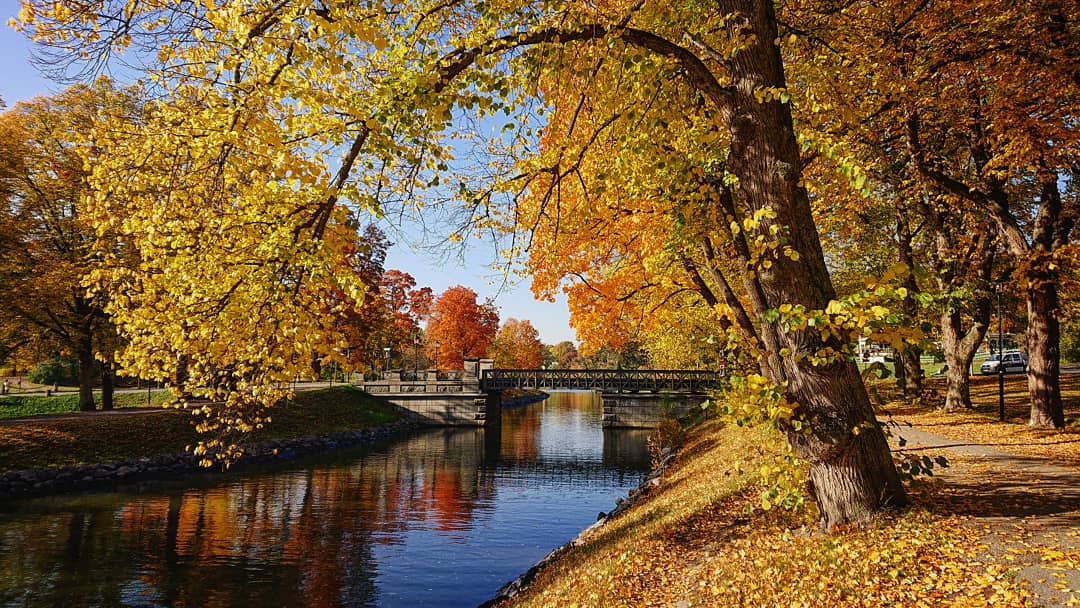
You now have two options: either cross the bridge and walk along the North side of the canal (the sunnier side) or continue along the south side. In both cases, take your phone out – or even better your camera – Djurgårdsbrunnskanalen offers beautiful reflections on the water, especially in the autumn. The canal, completed in 1834, was built for practical reasons (to allow smaller boats to easily reach Stockholm centre) and to embellish the royal park with a new promenade.
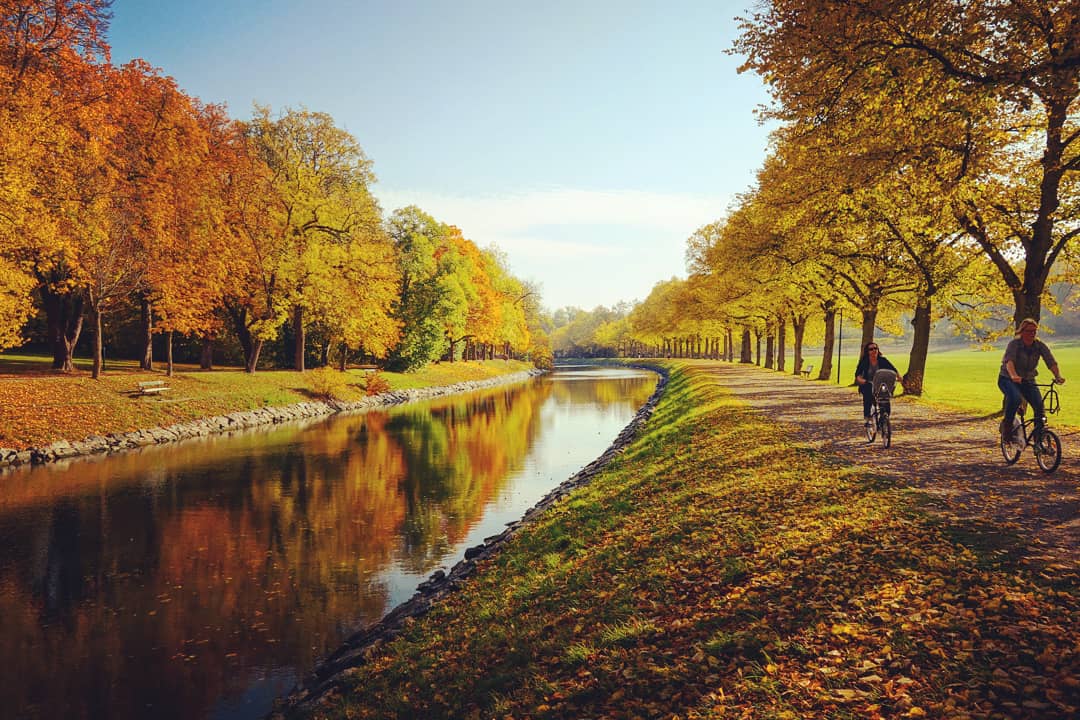
Taking the north side, you can either walk on the track along the water or on the larger path under the trees.
Cross and/or admire the view from Lilla Sjötullsbron [6] (+1h00), the path then continues along Djurgården. Head for café Blockhusporten to discover the eastern tip of the island and a totally different landscape.
From the Yxmannen sculpture [7] (+1h15), you can view Stockholm’s archipelago. This is the Baltic Sea side with, from north to south (left to right), the islands of Lidingö, Ängsholmen, Stora Fjäderholmen and Nacka.
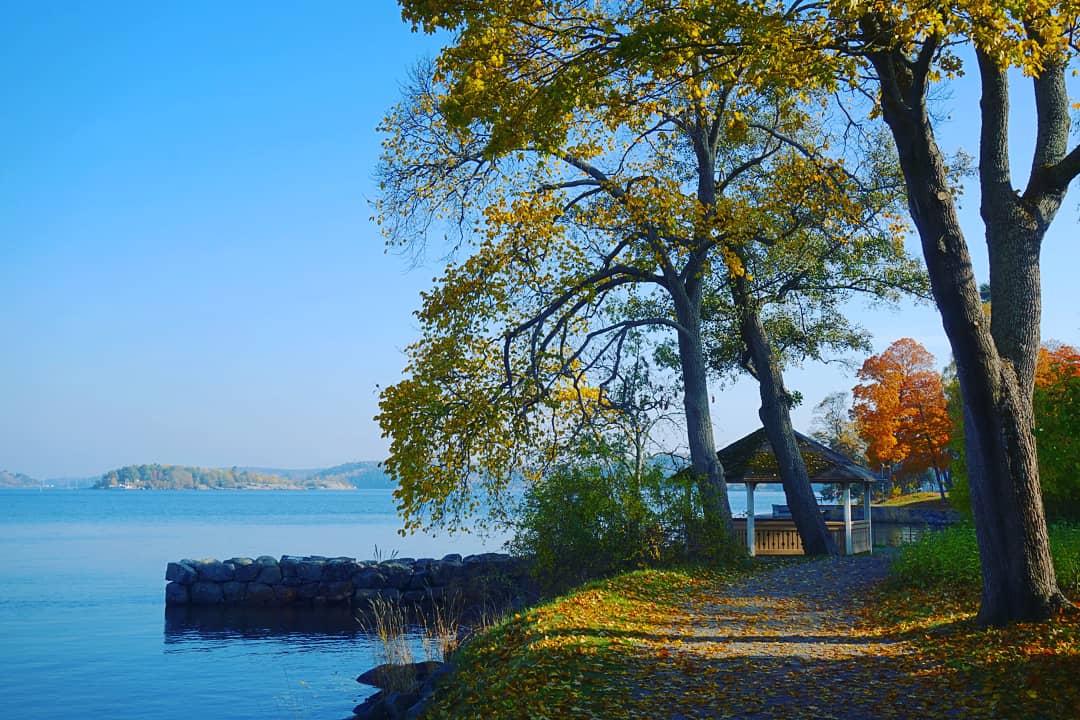
Walk a few more minutes in the vivifying sea breeze and end the walk at café Blockhusporten (closed in winter, information here). Here, you can find the Blockhusudden bus stop [8] (+1h20) where you can catch the 69 bus to T-centralen (1 bus every 15 min on average, 26 minutes journey).
The more interesting alternative is to take the boat and go around the island! Continue towards the Blockhusudden pier and take line 80 towards Nybroplan (accessible with the SL card). The trip lasts approx. 30 minutes. Watch out! There is only one boat per hour on weekends. Check the timetable here.
From Nybroplan [9], take the tram opposite Dramaten, the Royal Theatre, to come back to your starting point T-centralen.
The walk described in the article took place early October 2018.
We do our best to ensure the information here is accurate. It is, however your responsibility to check the weather forecast and timetables in advance.
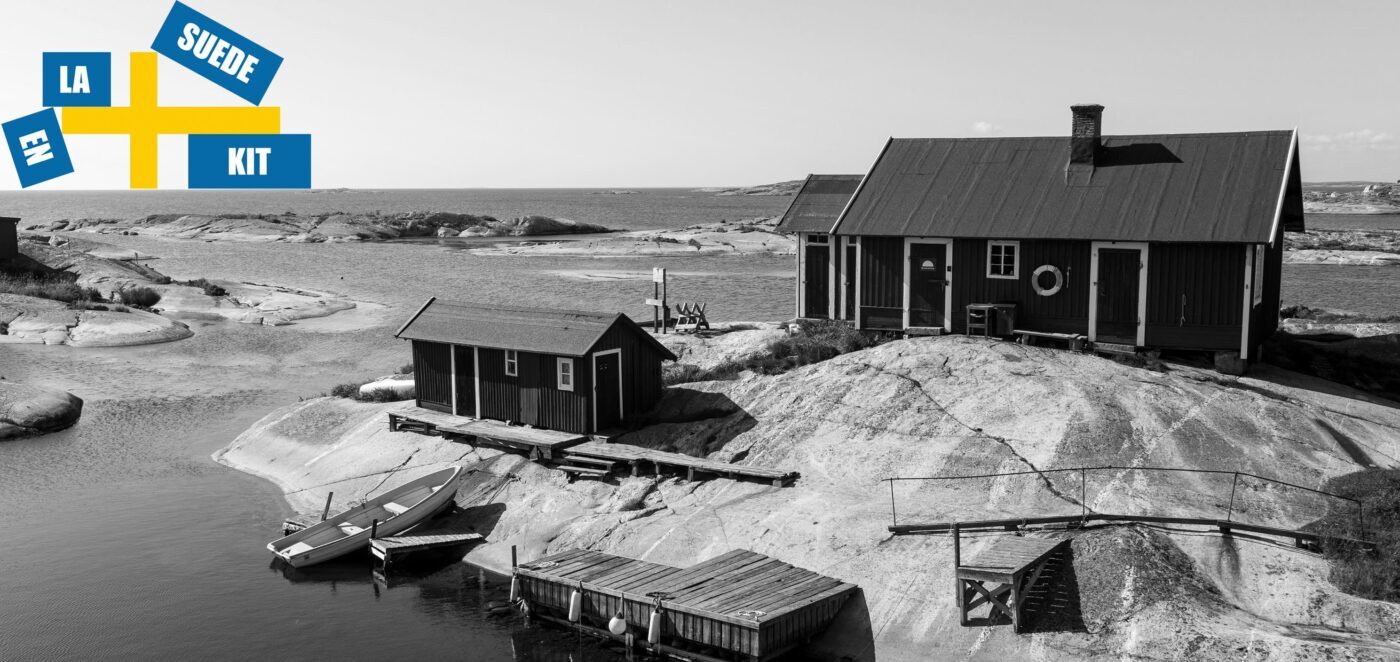

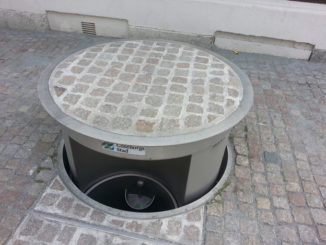
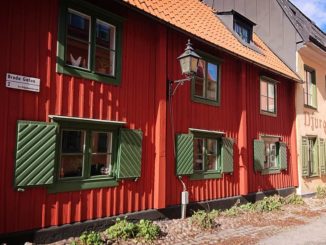
Soyez le premier à commenter